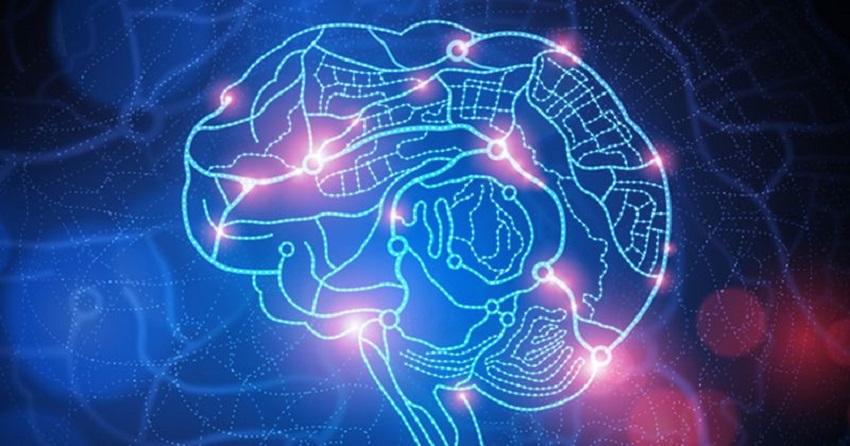A Technical-Research Team at Ferdowsi University of Mashhad Develops a Non-Invasive Deep Brain Stimulation Device with the Support of the Cognitive Science and Technology Development Headquarters.
According to IDEA, Dr. Maryam Ghorbani,” the head of this technical research team, announced that they have successfully completed parts of the design and construction phases of a non-invasive, deep brain stimulation device with the support of the Cognitive Science and Technology Development Headquarters.
She stated, “Currently, invasive electrode implantation is used for deep brain stimulation in patients, which requires surgery and has many undesirable side effects. Designing and building a non-invasive electrical stimulation device can significantly improve current clinical methods.”
She added, “In this project, we have designed a novel stimulation system consisting of a capacitive electrode capable of stimulating deep brain regions using an interference-based approach. Furthermore, the effectiveness of this method in creating a focused electrical field and its impact on neuronal activity have been analyzed analytically and through simulations.”
She further explained, “In this project, an experimental and computational approach to the important issue of comprehensive transcranial electrical stimulation has been investigated from various aspects. We have proposed a novel method for non-contact, deep brain electrical stimulation using barium titanite-based capacitive electrodes.”
The head of the technical research team emphasized, “Brain stimulation through external electrical fields has diverse clinical applications in diseases such as Parkinson’s, depression, and epilepsy. We hope that in the future, the proposed method for non-invasive and deep brain electrical stimulation will be used to alleviate the symptoms of Parkinson’s patients.”
She noted that in all brain electrical stimulation methods, the electrical field is applied directly to the brain tissue by injecting current. Although the injected currents have a limited range, they can still be hazardous and lead to undesirable side effects. She continued, “Brain stimulation through external electrical fields has various clinical applications in diseases such as Parkinson’s, depression, and epilepsy. These simulations can also be used to improve memory consolidation during sleep in healthy individuals.”
Ghorbani concluded, “We hope that this multi-layered approach to the issue of electrical brain stimulation will provide a more comprehensive and reliable imaging of researchers in the future and to some extent, eliminate the negative effects resulting from the trial-and-error approach in finding the correct parameters for effective brain stimulation.”
She stated, “Hospitals and companies active in the field of medical equipment can benefit from the achievements of this project. The next phase of the project will involve testing the developed stimulation system on mice, followed by healthy and patient monkeys. We hope that in the future, this system will be used for clinical applications in humans.




No Comment! Be the first one.